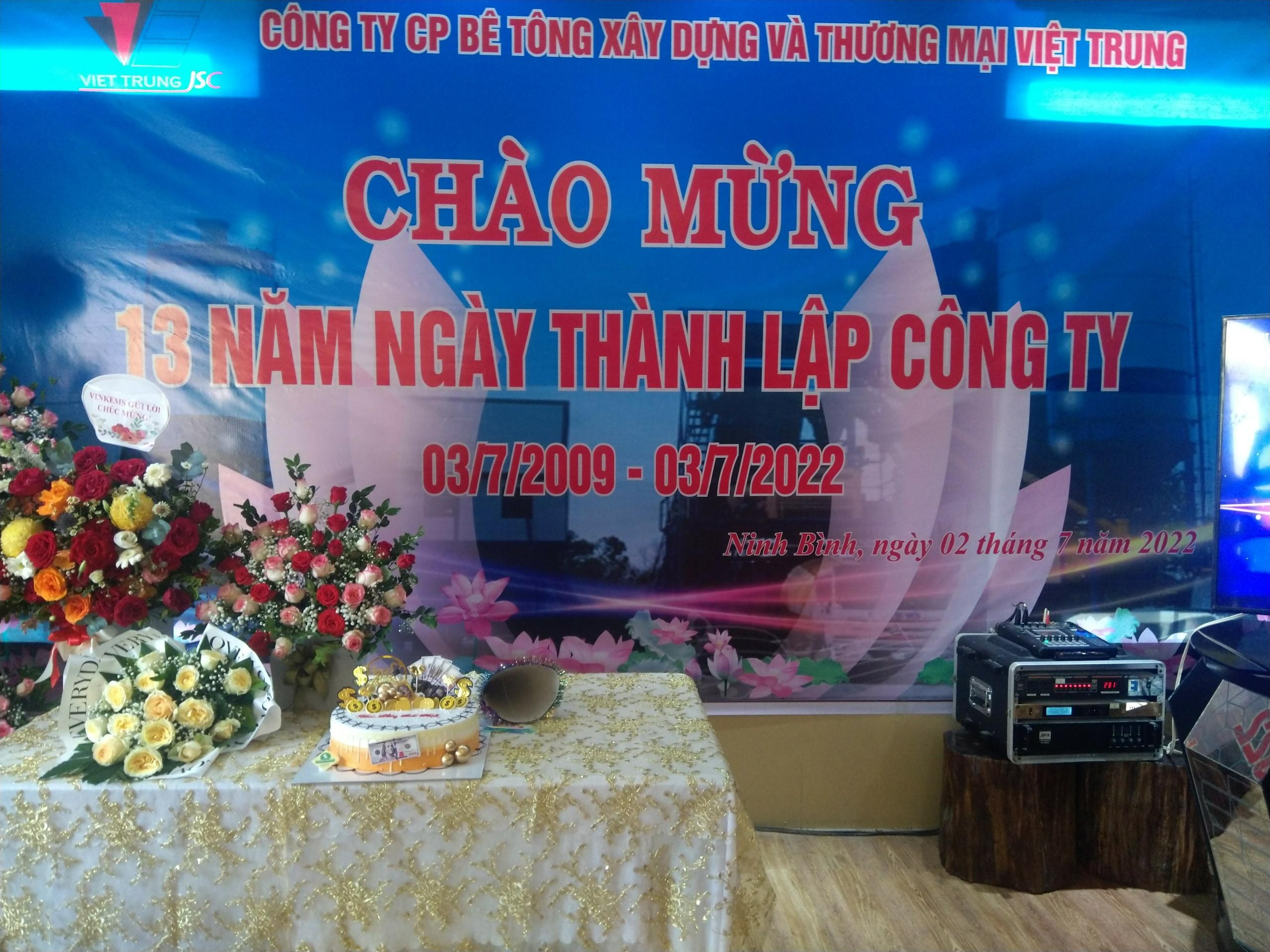Emerging Realities Fueling Discussions Around News Today and Global Impact.
- Emerging Realities Fueling Discussions Around News Today and Global Impact.
- The Evolving Landscape of News Consumption
- The Impact of Social Media Algorithms
- The Rise of Citizen Journalism and its Challenges
- Combating Misinformation and Disinformation
- The Role of Fact-Checking Organizations
- The Importance of Media Literacy Education
- The Future of News: Trends and Predictions
- The Potential of Artificial Intelligence in Journalism
- The Increasing Importance of Data Journalism
Emerging Realities Fueling Discussions Around News Today and Global Impact.
In the rapidly evolving digital landscape, staying informed is more critical than ever. The constant flow of information, often referred to as ‘news today‘, shapes our understanding of the world and influences decisions on a global scale. This influx necessitates a discerning approach to information consumption, demanding critical thinking and a keen awareness of potential biases. The way we access and interpret news is undergoing a significant transformation, driven by technological advancements and changing societal norms.
The sheer volume of information available can be overwhelming, creating challenges for individuals to differentiate between reliable sources and misinformation. The spread of inaccurate or misleading content has significant consequences, impacting public opinion, political discourse, and even democratic processes. Therefore, understanding the dynamics of contemporary news dissemination is paramount for responsible citizenship and informed decision-making.
The Evolving Landscape of News Consumption
Traditionally, news consumption was largely confined to established media outlets – newspapers, television, and radio. However, the advent of the internet and social media has fundamentally altered this paradigm. Individuals now have access to a vast array of news sources, ranging from professional journalism organizations to citizen journalists and social media platforms. This diversification of sources offers greater choice but also presents challenges in terms of verifying the credibility and accuracy of information.
The rise of social media has also accelerated the speed at which news spreads. Information can now travel around the world in a matter of seconds, often bypassing traditional journalistic gatekeepers. While this rapid dissemination can be beneficial in certain situations, it also increases the risk of misinformation and the amplification of echo chambers, where individuals are primarily exposed to information that confirms their existing beliefs.
The Impact of Social Media Algorithms
Social media algorithms play a significant role in shaping the news that individuals encounter online. These algorithms are designed to personalize user experiences by prioritizing content that is deemed relevant based on browsing history, engagement patterns, and other factors. While personalization can be convenient, it can also lead to filter bubbles, where users are shielded from diverse perspectives and challenging viewpoints. This can reinforce biases and contribute to polarization.
The reliance on algorithms raises concerns about transparency and accountability. It is often difficult to understand how these algorithms operate and what criteria they use to determine which news stories are prioritized. This lack of transparency can erode trust in social media platforms and the information they disseminate. Greater accountability and explainability of algorithms are crucial for fostering a more informed and democratic information ecosystem.
The Rise of Citizen Journalism and its Challenges
Citizen journalism, where ordinary individuals contribute to news gathering and reporting, has emerged as a powerful force in the contemporary media landscape. Equipped with smartphones and social media accounts, citizen journalists can document events in real-time and share information directly with the public. This can provide valuable insights into local issues and underreported stories. However, citizen journalism also poses challenges in terms of journalistic ethics, verification of facts, and potential for bias.
Unlike professional journalists, citizen journalists typically lack formal training in journalistic standards and practices. This can lead to inaccuracies, sensationalism, and the spread of misinformation. It is crucial for individuals to critically evaluate information shared by citizen journalists and corroborate it with other sources. Organizations and platforms are working on ways to enable and verify citizen contributions to improve the quality and reliability of this crucial source of information.
| The Associated Press | 5 | Neutral |
| Reuters | 5 | Neutral |
| The New York Times | 4 | Center-Left |
| Fox News | 3 | Center-Right |
| Local Citizen Journalist Blog | 2 | Variable |
Combating Misinformation and Disinformation
The proliferation of misinformation and disinformation represents a significant threat to societal cohesion and democratic processes. Misinformation refers to false or inaccurate information, while disinformation involves the deliberate dissemination of false information with malicious intent. Combating these phenomena requires a multifaceted approach involving media literacy education, fact-checking initiatives, and platform accountability.
Media literacy education empowers individuals to critically evaluate information sources, identify biases, and distinguish between reliable and unreliable content. Fact-checking organizations play a crucial role in debunking false claims and holding media outlets accountable for accuracy. Social media platforms have a responsibility to address the spread of misinformation on their platforms by implementing stricter content moderation policies and promoting verified information.
The Role of Fact-Checking Organizations
Fact-checking organizations serve an important function in verifying claims made by politicians, media outlets, and social media users. These organizations employ journalists and researchers who meticulously examine evidence and assess the accuracy of statements. Through their websites and reports, they provide the public with reliable information and expose false or misleading claims.
The work of fact-checking organizations is essential for holding those in power accountable and promoting transparency in public discourse. However, these organizations are not without their critics. Some argue that fact-checking is inherently subjective and that fact-checkers may be biased. It is important for individuals to be aware of the limitations of fact-checking and to consult multiple sources before forming their own conclusions.
The Importance of Media Literacy Education
Media literacy education equips individuals with the critical thinking skills needed to navigate the complex media landscape. This type of education teaches people how to evaluate information sources, identify biases, and recognize manipulative techniques. It also fosters an understanding of the role of media in shaping public opinion and influencing social norms.
Media literacy education should be integrated into school curricula at all levels, from elementary school to higher education. It is also important to provide media literacy training to adults, particularly those who rely heavily on social media for news and information. By empowering individuals with media literacy skills, we can create a more informed and resilient citizenry.
- Verify information with multiple sources.
- Be wary of emotionally charged headlines.
- Check the author’s credentials and affiliations.
- Look for evidence-based reporting.
- Be skeptical of information shared on social media.
The Future of News: Trends and Predictions
The news landscape continues to evolve at a rapid pace. Several key trends are shaping the future of news, including the growth of artificial intelligence (AI), the increasing importance of data journalism, and the rise of personalized news delivery. These trends present both opportunities and challenges for the news industry and for society as a whole.
AI has the potential to automate many aspects of news gathering and reporting, such as transcribing interviews, identifying patterns in data, and generating basic news stories. Data journalism, which involves using data analysis to uncover insights and tell compelling stories, is also gaining prominence. Personalized news delivery, where individuals receive news tailored to their interests and preferences, is becoming increasingly common.
The Potential of Artificial Intelligence in Journalism
Artificial intelligence has the potential to transform many aspects of journalism, from automating routine tasks to uncovering hidden patterns in data. AI-powered tools can be used to transcribe interviews, translate languages, and generate basic news reports. This can free up journalists to focus on more complex investigative work and in-depth analysis.
However, the use of AI in journalism also raises ethical concerns. It is important to ensure that AI-generated content is accurate, unbiased, and transparent. There is also a risk that AI could be used to create deepfakes—realistic but fabricated videos or audio recordings—that can spread misinformation and undermine trust in the media.
The Increasing Importance of Data Journalism
Data journalism involves using data analysis and visualization techniques to uncover insights and tell compelling stories. This type of journalism can expose hidden trends, identify patterns of corruption, and hold those in power accountable. Data journalists often work with large datasets and use statistical methods to analyze information.
The increasing availability of data presents both opportunities and challenges for journalists. It is important for data journalists to have the skills and expertise to analyze data accurately and to present their findings in a clear and understandable way. Data journalism requires a commitment to transparency and a willingness to share data and methods with the public.
| Artificial Intelligence | Increased efficiency, automated tasks | Bias, misinformation, job displacement |
| Data Journalism | Uncovering hidden insights, transparency | Data accuracy, complex interpretation |
| Personalized News | Relevant content, increased engagement | Filter bubbles, echo chambers |
- Develop critical thinking skills.
- Seek out diverse sources of information.
- Be skeptical of social media content.
- Support independent journalism.
- Engage in constructive dialogue.
The evolution of how we consume information, shaped by technology and societal changes, is a defining characteristic of our time. Navigating this complex landscape requires vigilance, a commitment to media literacy, and a willingness to engage with diverse perspectives. Only through informed participation and critical evaluation can we ensure a future where information empowers, rather than divides us.

